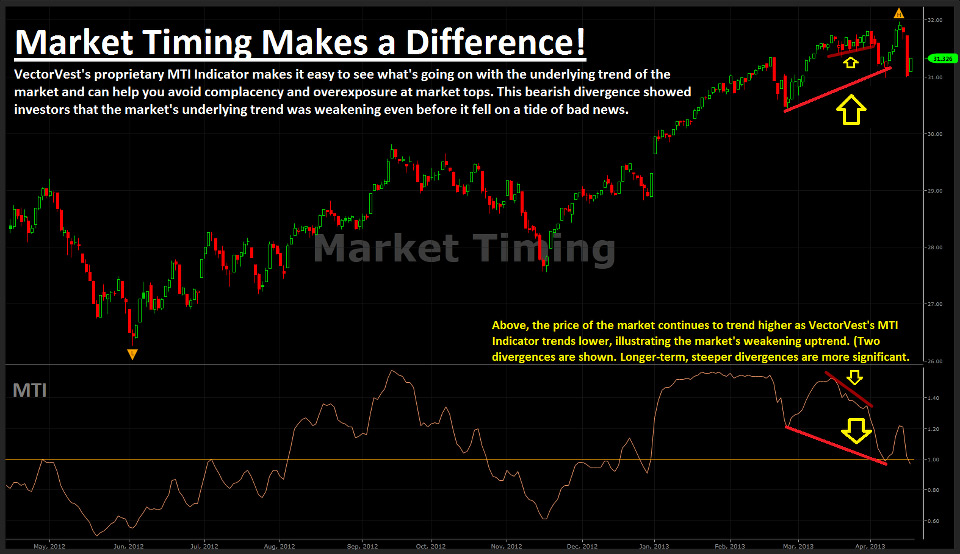Prysmvest smart market analysis trading

Focus on leveraging Prysmvest’s advanced analytics tools to enhance your trading decisions. By utilizing sophisticated algorithms, you can identify profitable patterns and trends in real-time that others might miss. This proactive approach to market analysis positions you ahead of the curve.
Utilize the user-friendly dashboard to track key performance indicators and market movements effortlessly. The data visualization features streamline the comprehension of complex information, empowering you to make informed decisions quickly and confidently. Don’t hesitate to set up alerts to stay updated on significant fluctuations relevant to your trading strategy.
Incorporate backtesting capabilities to evaluate the potential success of your strategies using historical data. This allows you to refine your trading tactics and minimize risks associated with live trading. Continuously adjust your approach based on data-driven insights to fortify your market position and enhance profitability.
Leveraging Real-Time Data for Informed Trading Decisions
Incorporate real-time data analytics into your trading strategy to enhance decision-making. Monitor market trends, price movements, and volume changes instantaneously. Utilize tools that aggregate this data to provide actionable insights without lag.
Prioritize platforms that offer live updates and comprehensive dashboards. These features allow for quick responses to market shifts. For instance, if a stock price drops significantly, having access to live data enables you to analyze the cause and determine whether to buy or sell promptly.
Consider implementing algorithmic trading strategies that rely on real-time data. Algorithms can process vast amounts of information within milliseconds, executing trades at optimal times based on pre-set criteria. This approach minimizes emotional bias in trading decisions.
Stay informed about news and events that influence market dynamics. Subscribe to financial news feeds and integrate them into your market analysis. Awareness of geopolitical events or economic reports can provide context that complements the data you collect.
With platforms like prysmvest, you can access advanced analytics and real-time data visualization tools. This access empowers you to identify trends and patterns quickly, facilitating well-informed trades.
Regularly evaluate your trading performance by analyzing how real-time data influenced your decisions. Identify successful strategies and areas for improvement. Continuous refinement will bolster your overall trading effectiveness.
Implementing Technical Indicators for Price Prediction
Incorporate the Moving Average Convergence Divergence (MACD) indicator to identify momentum shifts. When the MACD line crosses above the signal line, it generates a bullish signal, while a cross below indicates a bearish trend. Apply this in conjunction with price action for enhanced reliability.
The Relative Strength Index (RSI) serves as a valuable tool for spotting overbought or oversold conditions. An RSI above 70 typically signals overbought conditions, suggesting a potential price pullback, while an RSI below 30 indicates oversold conditions, often presenting buying opportunities. Monitor these levels carefully during your analysis.
Utilize Bollinger Bands to gauge volatility and price movement. Price approaching the upper band generally indicates an overbought situation, while approaching the lower band suggests an oversold scenario. Combine Bollinger Bands with other indicators like the MACD for confirmation of price direction.
Implement support and resistance levels for additional context. Identify these key levels by analyzing historical price action. A breakout above resistance or below support can signify strong trend momentum, aiding in making informed trading decisions.
Consider using the Fibonacci retracement tool for identifying potential reversal levels. After a significant price movement, draw Fibonacci levels from the swing high to the swing low. Traders often observe reactions at these levels, which can assist in predicting future price behavior.
Adopt a multi-faceted approach by combining these indicators. For example, when RSI signals overbought conditions concurrently with a bearish MACD crossover near a resistance level, the confluence strengthens the prediction. Always test your strategy in a demo environment before applying it to live trading to refine your approach.
Integrating Sentiment Analysis for Market Trend Assessment
Utilize sentiment analysis to enhance market trend assessments by continuously monitoring social media platforms, news articles, and financial reports. Algorithms trained on large datasets can classify sentiments as positive, negative, or neutral, revealing underlying market emotions. Incorporate these insights into your trading strategy for a more nuanced understanding of market movements.
Selecting the Right Tools
Choose reliable sentiment analysis tools that offer real-time data processing. Look for platforms that include features like natural language processing capabilities and historical sentiment tracking. This allows you to correlate emotional shifts with market changes, pinpointing moments when sentiment diverges from actual performance trends.
Analyzing and Interpreting Data
Regularly review sentiment reports alongside traditional market data. When a significant negative sentiment emerges amidst a bullish market, it might indicate an impending correction. Use sentiment trends to inform entry and exit points, aligning trades with prevailing market emotions. Balance sentiment data with fundamentals to mitigate risks and enhance trading effectiveness.
Video:
Stock Market & Crypto Analysis June 20 2025
Stock Market & Crypto Analysis June 20 2025 10 minutes, 27 seconds
 Loan, Personal Loan, Home Loan, Business Loan,Loans in India Loan in India, Personal Loan, Home Loan, Business Loan, Loans in India,Loan Finance,Loan in India, Get Instant Personal Loan,Home Loan, Business Loans in India
Loan, Personal Loan, Home Loan, Business Loan,Loans in India Loan in India, Personal Loan, Home Loan, Business Loan, Loans in India,Loan Finance,Loan in India, Get Instant Personal Loan,Home Loan, Business Loans in India